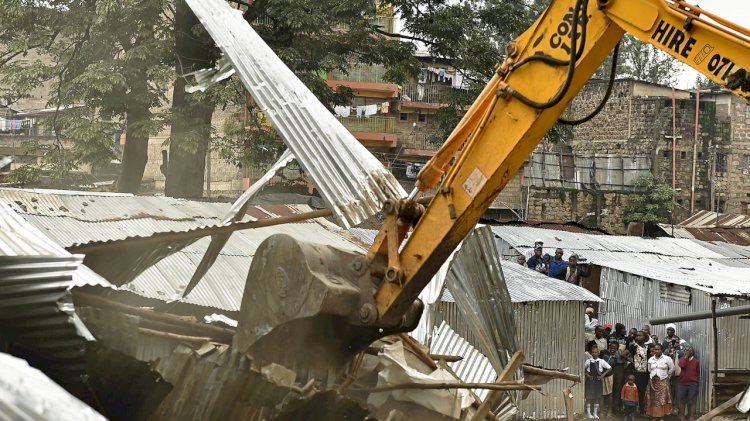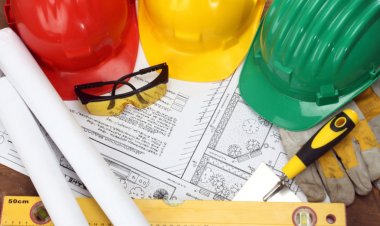Construction Accidents and How They Are Potential Death Traps
The construction industry is one of the industries that have the highest number of workplace injuries. These accidents that are often known but hard to control in large construction sites include;

The construction industry is one of the industries that have the highest number of workplace injuries. These accidents that are often known but hard to control in large construction sites include;
- Electrocution.
- Falls from roofs.
- Injuries caused by falling debris.
- Explosions.
- Fire-related accidents.
In Kenya, falls from ladders, explosions, lack of proper worker training and carelessness when using heavy equipment such as cranes and forklifts are some of the potential causes of accidents in construction sites. . Apart from poor workmanship, these are some of the causes of building collapse;
Weak foundations
Foundations form footholds of buildings and therefore need to be strong enough to support the subsequent load. Some developers however want to save money by building on weak grounds. They do this by cutting on concrete and reinforcements resulting in the collapse of buildings. A six-story building collapsed in Huruma, Nairobi on April 29, 2016. This is an example of a result of negligence by developers on the importance of ensuring that the building had a strong foundation. However much abuilding may have a sound design structure, the ground beneath can be incapable of carrying its load leading to collapse.
Substandard materials
The Kenyan market is currently pervaded by counterfeit products and so is the construction industry. Most of these materials are weak and therefore unable to support a building. Some contractors may be duped by counterfeiters into buying substandard materials while some individuals use these goods knowingly to cut costs.
Poor structural design
An engineer may follow inaccurate theories and use inaccurate data and make wrong choices of materials during the construction of a building. He may also make errors in computation and fail to take into account the weight that a structure will be expected to withstand.
Unqualified labour
All construction works should be carried out by qualified contractors under the supervision of competent architects and engineers. Some developers prefer to hire uncertified workers most of whom are nothing but quacks which have led to the rising building collapse cases. Although these developers initially think they are saving a lot of money, they end up incurring a lot of losses.
Greed for wealth
The influx of people into urban areas over the years has resulted in an ever-growing demand for housing in major towns across the country. In a bid to cash in on this, developers circumvent building rules and regulations to hurriedly put up standard structures.
Corruption
Government agencies mandated with inspections of buildings to ensure they are safe for human habitation are riddled with corruption. Corrupt inspectors are willing to neglect malpractices resulting in fatalities only for a few thousand shillings. Even those that are causing death due to negligence are rarely punished.
Most accidents that happen in construction sites could have been avoided if a contractor had a moral and economic commitment to creating a safe construction site. To prevent construction accidents, developers must do the following;
- Use the right quality or quantity of materials for their projects. Study shows that 95% of buildings that collapse are built using substandard building materials.
- Hire employees; engineers and architects who have a record of being careful in observing construction safety policy.
- Give workers protective gear such as gloves and hard hats as well as supplying well equipped first aid kits.
- Ensure all workers are professionally trained, particularly those operating machinery.
- Ensure that all construction equipment is well maintained and serviced.
- Formulate and enforce site safety measures for example protective gear and proper use of heavy equipment.
- Conduct frequent inspection of sites to ensure compliance with safety measures.

































